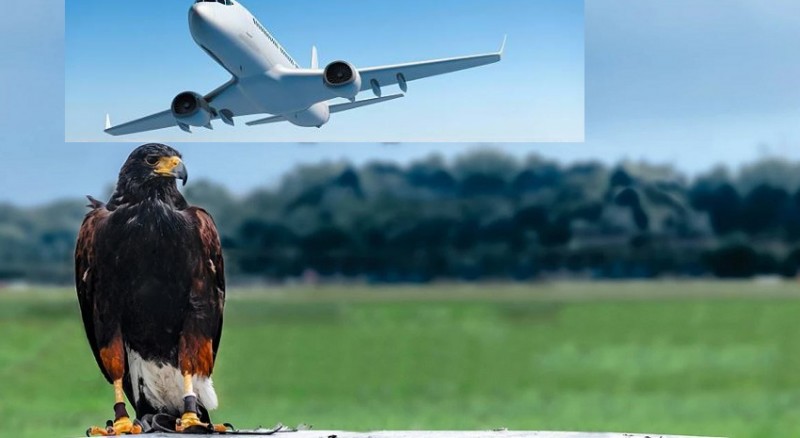
On June 18, Virgin Australia flight VA 148 departed from Queenstown, New Zealand, headed for Melbourne. Shortly after takeoff, the Boeing 737-800 jet experienced a frightening incident when its right engine began emitting loud bangs and flames. Despite the scare, the pilot managed to safely land the aircraft with 73 passengers and crew at Invercargill airport.
Virgin Australia attributed the incident to a "possible bird strike," although Queenstown Airport officials downplayed this possibility, stating that no birds were detected on the airfield at the time.
Understanding Bird Strikes
Bird strikes are collisions between aircraft and birds, although the term can also encompass ground collisions with animals such as deer, rabbits, dogs, and even alligators. The first recorded bird strike occurred in 1905 over a cornfield in Ohio by Orville Wright.
These incidents are not uncommon, occurring daily with some seasonal variation due to bird migratory patterns. One of the most famous bird strikes was the 2009 US Airways Flight 1549, which encountered a flock of Canadian geese shortly after takeoff from LaGuardia Airport, resulting in both engines failing and a successful emergency landing in the Hudson River by Captain Sully Sullenberger.
Between 2008 and 2017, the Australian Transport Safety Board recorded 16,626 bird strikes, while the Federal Aviation Administration in the United States reported 17,200 bird strikes in 2022 alone.
Impact and Risks
Most bird strikes occur near airports during takeoff, landing, or at lower altitudes where bird activity is most common. The consequences of a bird strike can vary widely depending on factors such as the aircraft type. For instance, the Boeing 737-800 involved in the Virgin Australia incident can continue flying on a single engine to an alternate airport if one engine is damaged or fails.
In smaller aircraft, particularly single-engine planes, bird strikes can be fatal. Globally, since 1988, there have been 262 fatalities due to bird strikes and 250 aircraft destroyed.
Defense and Prevention
Pilots are trained to be vigilant, especially during the times of day when birds are most active, typically early morning or at sunset. Radar systems can help track flocks of birds, although this technology is not universally available.
Major aircraft manufacturers like Boeing and Airbus use turbofan engines, which can be severely damaged by a bird strike. These engines are tested for safety by firing high-speed frozen chickens at them at full thrust.
Airports around the world implement wildlife hazard management practices to deter birds and animals from airport vicinity. Techniques include using radar to detect birds, using small gas explosions to scare birds away, and planting specific types of grasses and plants that do not attract birds.
Bird strikes pose a significant risk to aircraft safety, with potential consequences ranging from minor engine issues to catastrophic failure and accidents. Vigilance, training, and technological solutions are key components of efforts to prevent and mitigate these incidents.
International Picnic Day: 5 Hill Stations Perfect to Visit in Kerala All Year Round
United States Tops Travel & Tourism Development Index 2024: World Economic Forum Report
Global Airlines Expand in India, Anticipating Major Market Growth